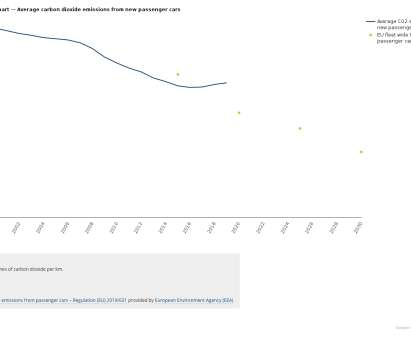EEA final data shows average car CO2 emissions in Europe kept increasing in 2019
Green Car Congress
JUNE 2, 2021
Average emissions from new passenger cars in Europe increased for the third consecutive year in 2019, reaching 122.3?grams SUVs are typically heavier than other cars and have more powerful engines and larger frontal areas—all features that increase fuel consumption. In 2019, average CO 2 emissions from all new cars reached 122.3


































Let's personalize your content